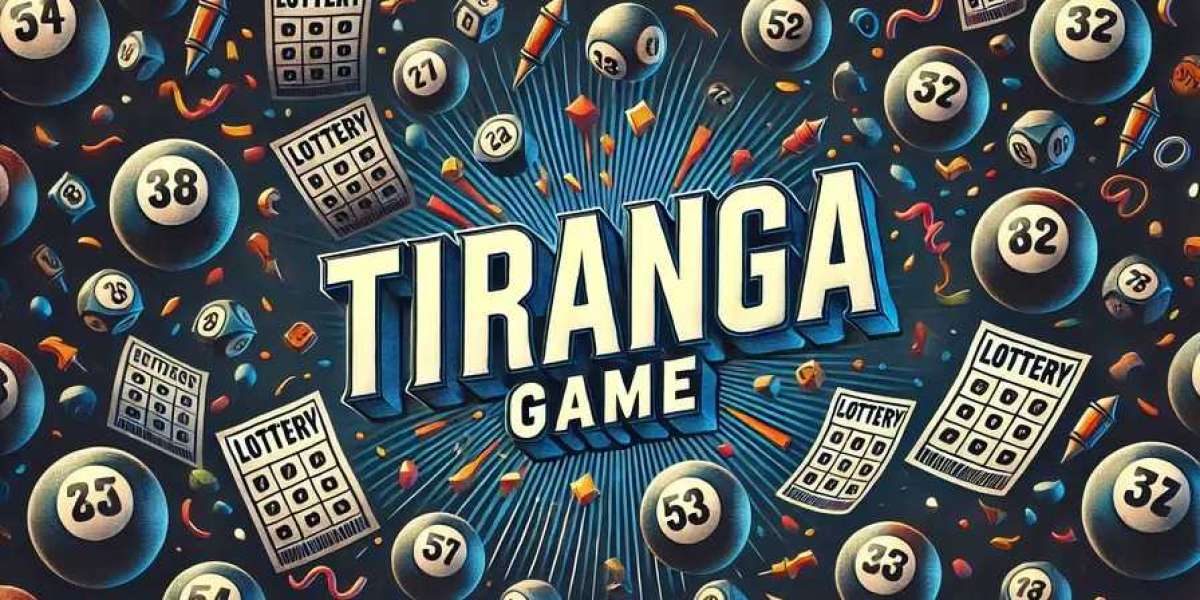The Indian national flag, popularly known as the Tiranga, is more than just a symbol of the nation. It represents the values, struggles, and dreams of over a billion Indians. With its three vibrant colors—saffron, white, and green—along with the Ashoka Chakra at its center, the Tiranga is a mark of unity, courage, peace, and progress.

In recent years, a unique concept called the tiranga game has emerged, blending patriotism with fun and learning. From school classrooms to digital apps and social media platforms, the Tiranga Game is becoming an exciting way to promote national pride, especially among the youth. This article explores the idea of the Tiranga Game, its various forms, educational value, and its growing popularity.
What is the Tiranga Game?
The Tiranga Game is not a single game but rather a collection of patriotic activities and challenges centered around the theme of the Indian national flag. These activities are often organized during national festivals such as Independence Day (15th August), Republic Day (26th January), and Gandhi Jayanti (2nd October). The main aim of the Tiranga Game is to inspire a sense of unity, pride, and respect for the country in a fun, engaging, and meaningful way.
These games can be traditional or digital, individual or group-based, and are suitable for all age groups. From children in schools to adults on social media, everyone can participate in some form of Tiranga Game.
Origins and Inspiration
The Tiranga Game draws its inspiration from India’s long history of freedom struggle and the emotional connection that citizens feel toward the national flag. Over time, various educational and cultural institutions have started using games and activities to teach values of citizenship, history, and patriotism. This led to the development of the Tiranga Game as a platform that combines learning with recreation, encouraging people to express their love for the nation in innovative ways.
Popular Tiranga Game Activities
1. Drawing and Coloring the Tiranga
This is one of the most popular activities among school children. Kids are encouraged to draw and color the national flag, learning the meaning behind each color and the Ashoka Chakra. It helps instill pride and knowledge from an early age.
2. Tiranga Quiz Competitions
Educational institutions and online platforms organize quizzes related to the history of the Indian flag, freedom movement, national heroes, and the Indian Constitution. These quizzes are informative, engaging, and spark interest in the nation’s rich legacy.
3. Flag Relay Races and Outdoor Games
In sports-based Tiranga Games, participants may run with the flag in a relay format, symbolizing teamwork and unity. Other versions include tricolor-themed obstacle courses or team-building activities where the flag is central to the game.
4. Tiranga Crafts and Decorations
Arts and crafts competitions involving tricolor paper, fabrics, or flowers help participants explore their creativity while paying tribute to the national flag. Participants make badges, kites, lanterns, or rangolis using the flag’s colors.
5. Digital Tiranga Games
With increasing access to smartphones and the internet, digital Tiranga Games are gaining popularity. These include:
Online flag hoisting simulations
Virtual quizzes
Mobile games that reward patriotic knowledge
Augmented reality filters that add Tiranga effects to selfies or videos
6. Social Media Challenges
During national holidays, viral trends like #HarGharTiranga, #MyTirangaStory, or #TirangaChallenge encourage people to upload photos or videos with the national flag. These campaigns spread awareness, build unity, and involve large-scale public participation.
The Educational Value of Tiranga Games
Apart from being enjoyable, Tiranga Games offer deep educational benefits:
Promote Historical Awareness: Games related to India's freedom struggle, key events, and national symbols help learners understand the nation’s history.
Encourage National Unity: By involving people from various backgrounds and regions, the Tiranga Game promotes the message of “Unity in Diversity.”
Instill Patriotism: Through interaction and storytelling, participants develop a greater emotional connection with the country.
Build Creative and Critical Thinking: Activities such as essay writing, poster-making, and role-playing foster imagination and expression.
Teach Civic Values: Many Tiranga Games emphasize themes like justice, equality, peace, and national duty.
Respecting the National Flag
While playing and celebrating with the Tiranga, it is essential to respect the Indian Flag as per the Flag Code of India. The flag should never touch the ground, be torn, or be used in a disrespectful way. Participants and organizers must ensure that the dignity of the flag is maintained at all times during these games.
Government Campaigns Supporting Tiranga Games
Initiatives like Azadi Ka Amrit Mahotsav and Har Ghar Tiranga have brought the concept of Tiranga Games into the national spotlight. Schools, colleges, NGOs, and citizen groups have been encouraged to organize Tiranga-themed activities as part of these larger campaigns to celebrate India’s 75+ years of independence.
These efforts have helped spread awareness and increase engagement, especially in rural and semi-urban areas where such games are now being used to promote literacy, digital skills, and civic awareness.
Conclusion
The Tiranga Game is a wonderful example of how creativity and patriotism can come together to create a powerful and positive impact. Whether it’s a schoolchild drawing the national flag, a young adult participating in a social media challenge, or an entire community engaged in a flag march, the Tiranga Game connects people to their roots in an inspiring and joyful way.
In today’s fast-paced world, where traditions can sometimes take a back seat, the Tiranga Game offers a fresh and engaging way to celebrate India’s unity, history, and future. It is not just a game—it is a movement to keep the flame of patriotism alive in every Indian heart.